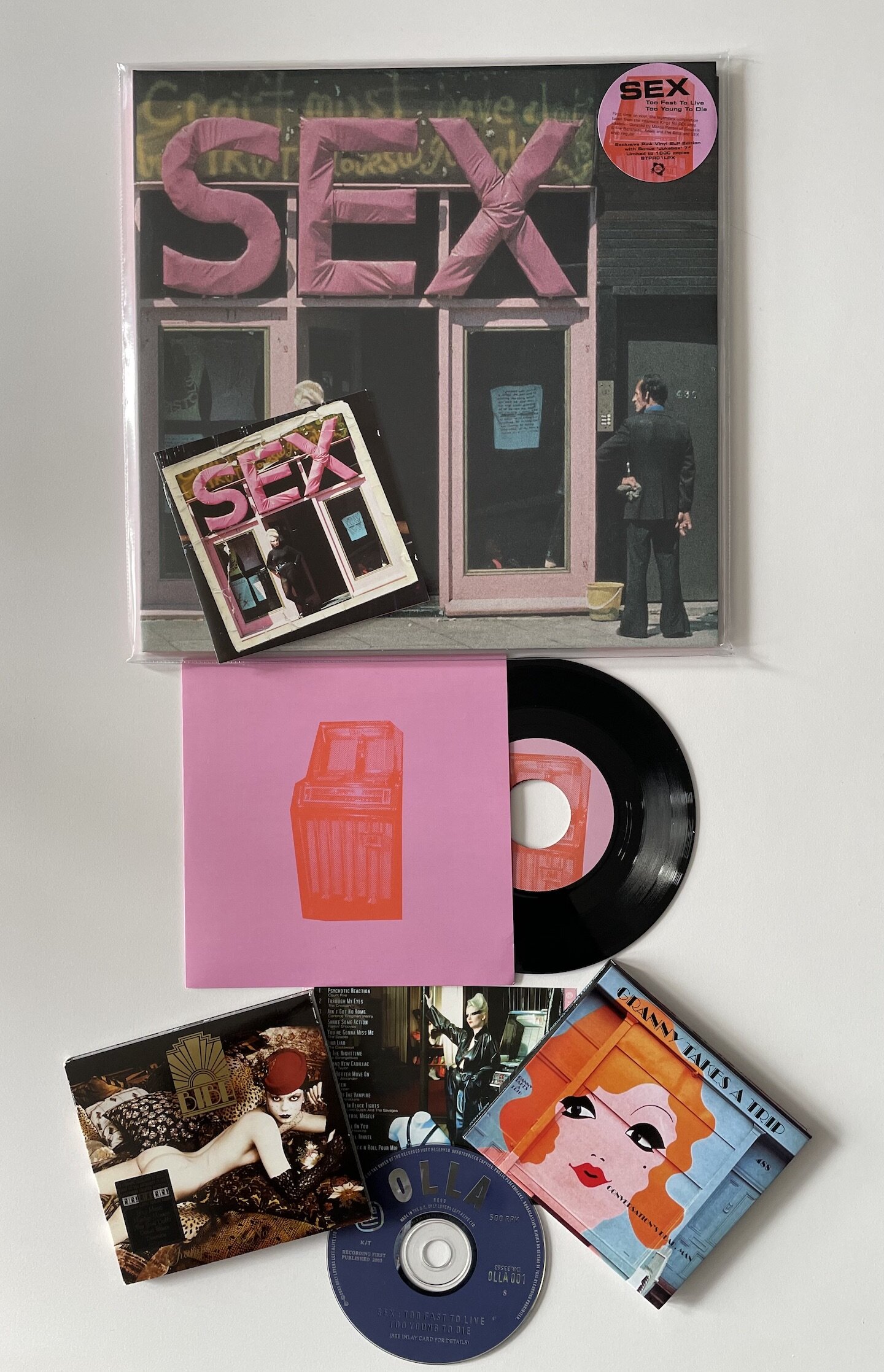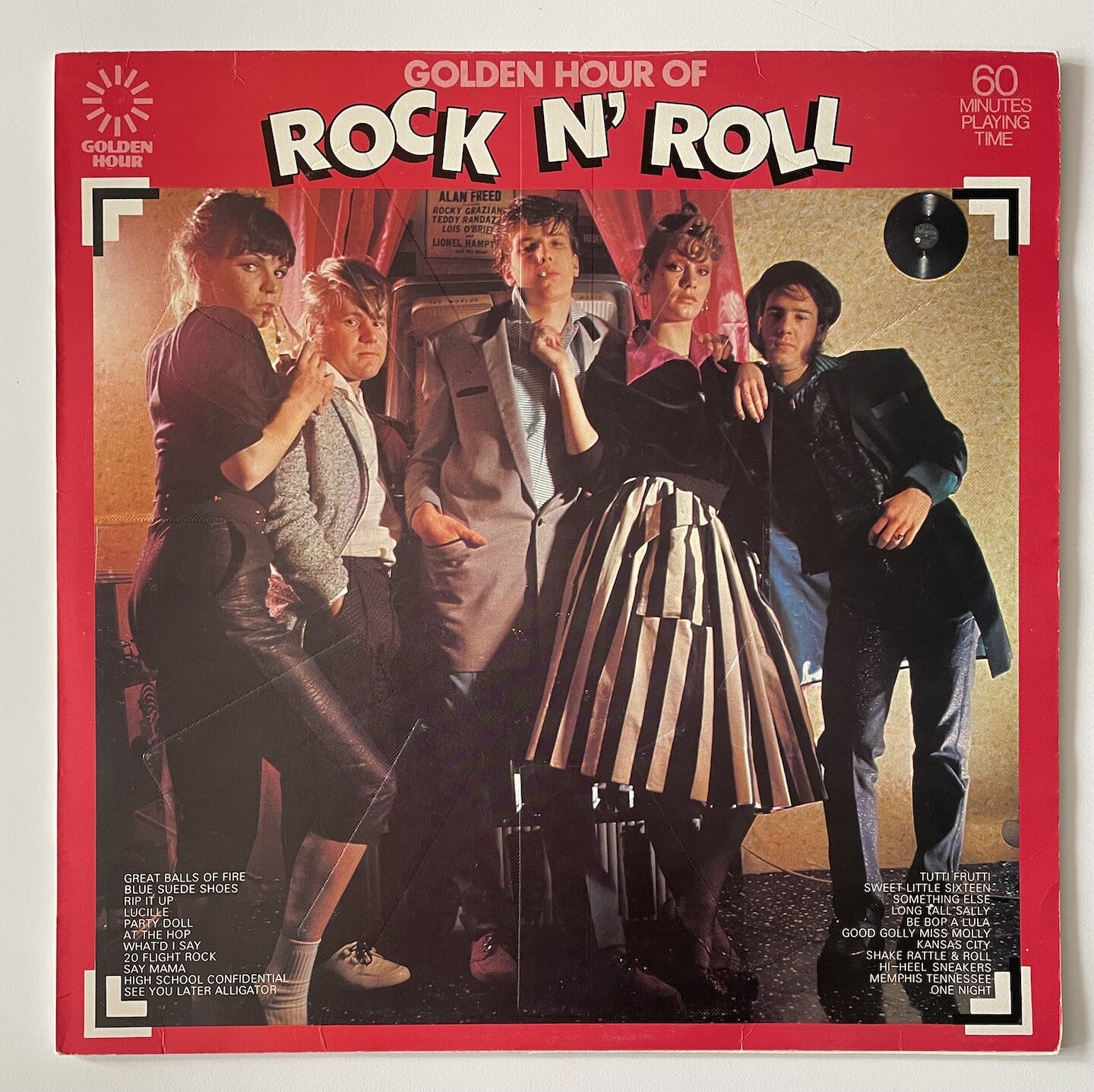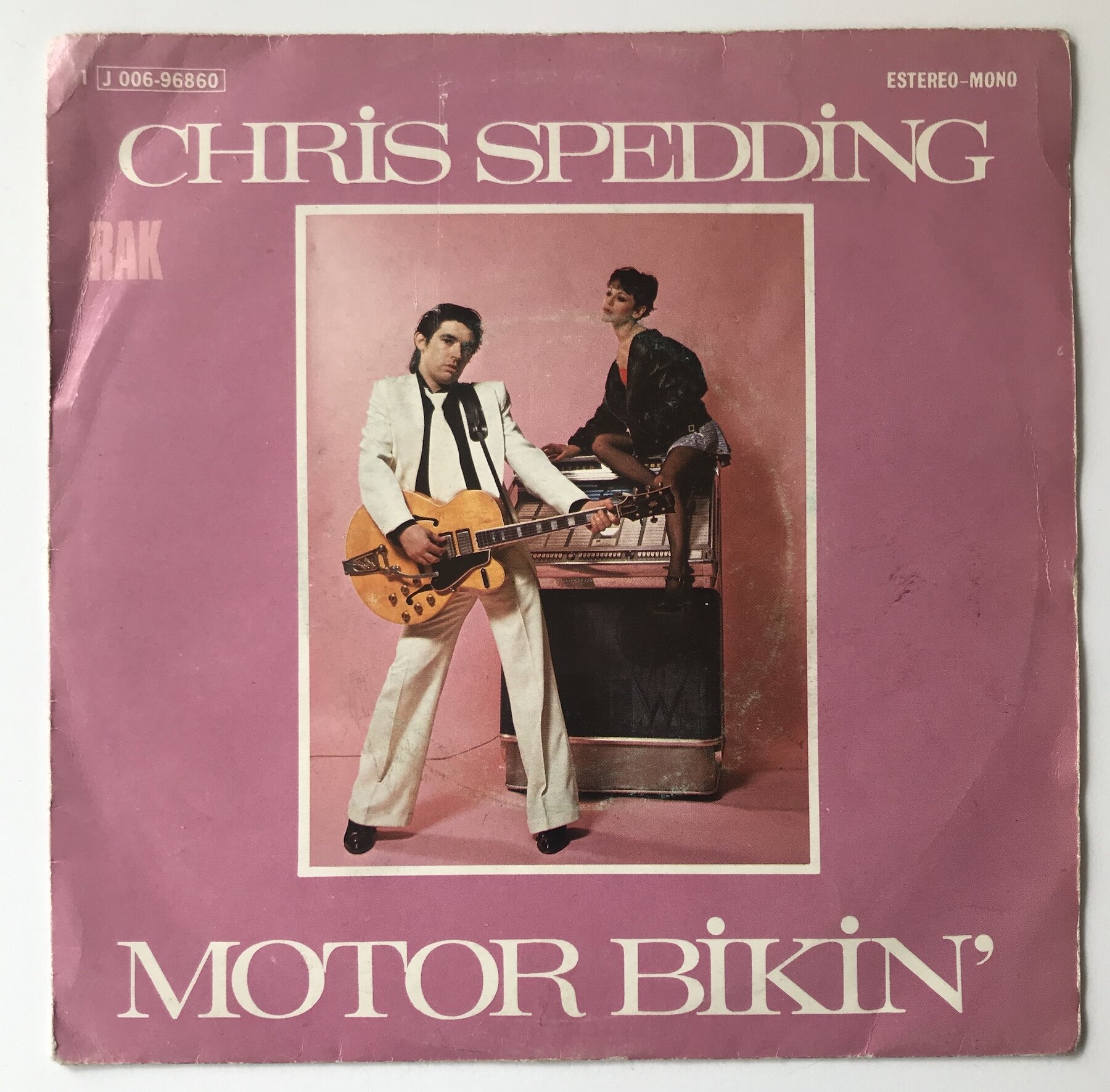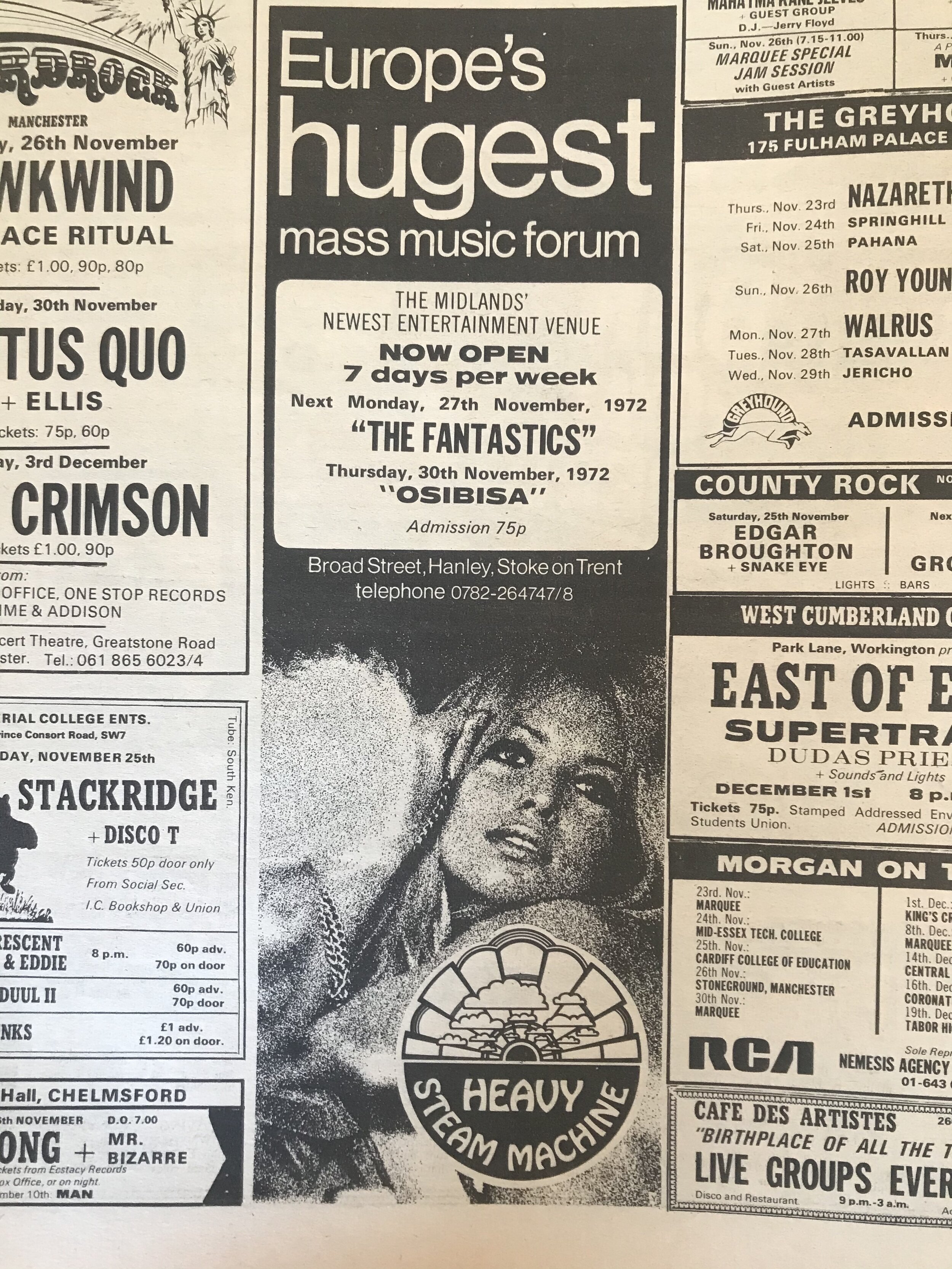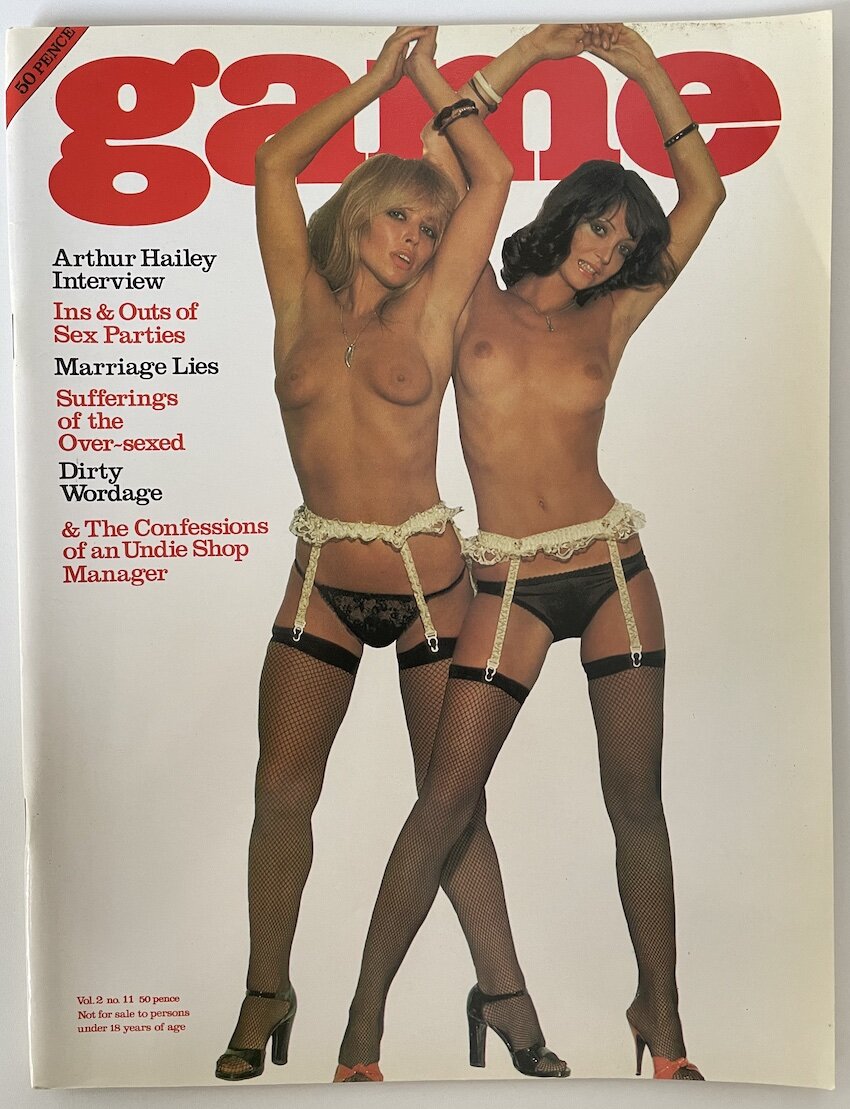Outside of Pete Townshend and the Who, Nik Cohn’s favourite topic in the 1960s was the Mod phenomenon, so it was a buzz to find this August 1967 article on the death of the youth cult, freshly killed by 10,000 flower-children.
Cohn thought Mod was an entirely new concept of youth, unlike Teds, for example, they owed nothing to past generations; ithey weren’t concerned with adult opinion. Teds revolted against their parents because they wanted to claim a masculinity; boys wanting to be men. Mod wasn’t rebellious in this way, because the boys were ‘unmasculine’. They wore make up, constantly changed their clothes and ‘completely rejected women’. Anyone over the age of 25 wasn’t alive and they weren’t inspired by Hollywood, which is to say America.
They had no heroes but themselves and they produced their whole litany out of nothing. . . They were exquisite, self-involved and undemonstrative.
‘Mod was a ‘very homosexual thing’, a 19 year-old Marc Bolan said of the scene he helped make happen five years earlier:
The music and the dancing and the scooters and pills came later. I’d say that Mod was mentally a very homosexual thing, though not in a physical sense. I was too hung up on myself to be interested in anyone else and, anyhow, I was still very young.
But Cohn doesn’t leave it there, he thinks the homosexual element was a working-class co-option of the old public school attitude to sex . . . ‘Later, it became very fashionable for Mods to go to bed with famous show-business queers and take money for it. . . Homosexuality was accepted, respected and completely assimilated into Mod life.’
Marc Bolan aka Mark Feld was among the prototypes, Chris Covill, 21, from Shepherd’s Bush, is a second generation Mod, (pictured top right). He told Cohn about the Crawdaddy Club and seeing the Stones every week, about money spent on clothes, on going out and on pills. He spoke about the action on Hastings’ beach and the emergence of the false Mod.
You can imagine Covill as a kind of model for Cohn’s hero in Saturday Night Fever:
Mod used to be something serious – now it’s been taken over by a lot of silly children. You see them in their old leather coats, green or red, and they’re all sick. Everything stands still and the point is gone.
Covill said he been working hard and had ‘met a lot of people in pop and I’ve got myself on to a good scene.’ Cohn doesn’t let on who in pop Covill is making out with, nor is there much about Feld’s transformation into Bolan, except to say in passing that he is a singer and songwriter who has made a few records but not had any hits.
By August 1967 Bolan had quit John’s Children and had formed Tyrannosaurus Rex (see Cohn on their first single and Bolan’s history here) . I haven’t found much on Covill, but Andy Ellison, in an interview published on the John’s Children website, says he was one of their roadies and hung out with them. And Cohn once had a ten percent share in John’s Children. The rest was owned by Simon Napier-Bell, or at least a large portion. He is thus the absent-presence in all of this.
A month earlier, in a July 1967 survey of the ‘Love Generation’ in Queen magazine, Napier-Bell had told Cohn:
One lives from day to day trying not to be bored. The things one does to avoid this boredom depend on one’s degree of intelligence. Intelligent and creative people have to do the most extreme things and, therefore they often seem outrageous.
17 year-old Geoff McGill, another Mod from Shepherd’s Bush, stood in for Cohn’s third generation of Mods, he ‘represents the Face at its most bored.’ Meanwhile, no one is listening to Covill’s ‘nostalgic stories about the battles of Brighton and Hastings, the 15-years-olds don’t understand and aren’t interested. Already, the fanatic young days of Mod have become as distant as past wars are always bound to be.’
Boredom, boredom, b’dum b’dum . . .






